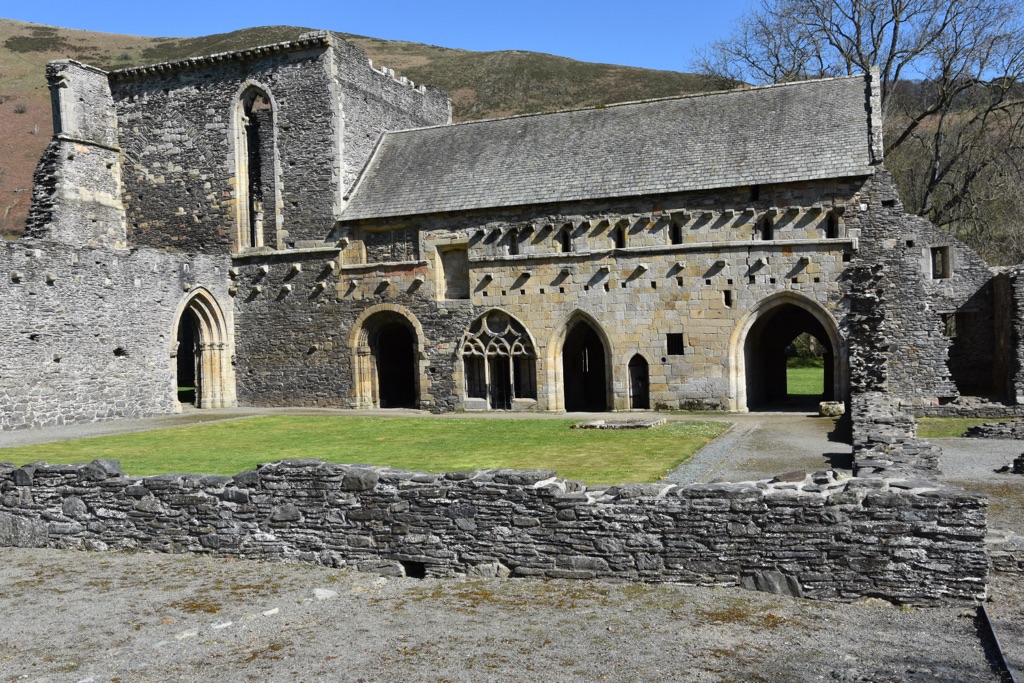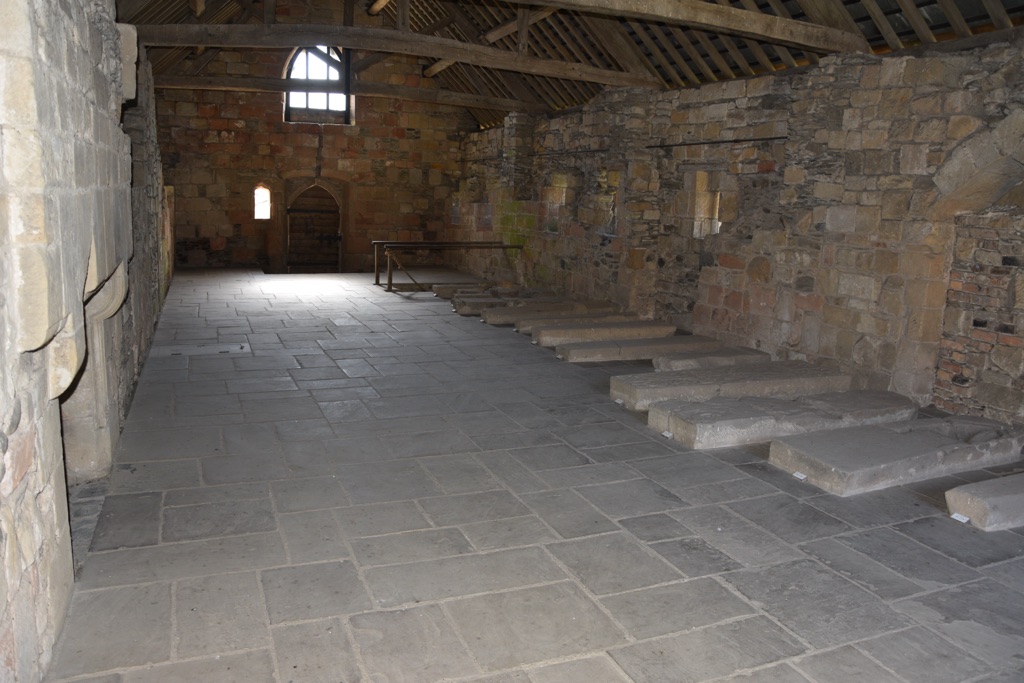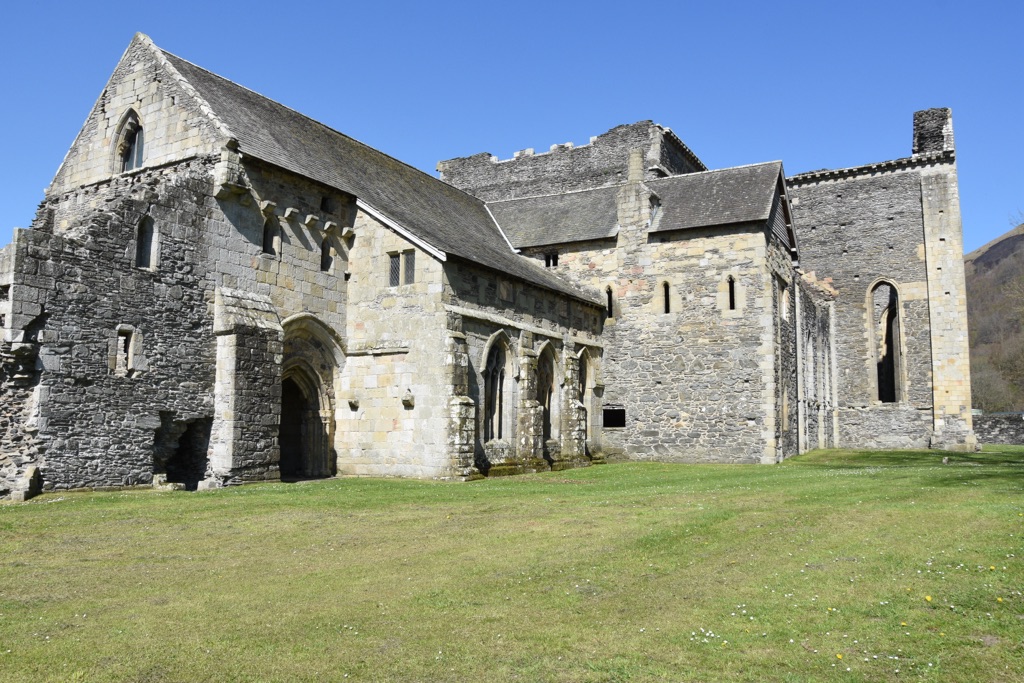Valle Crucis Abbey, nestled in the heart of North Wales, stands as a testament to the region’s medieval religious fervor. Founded in 1201 by Cistercian monks, it was a center of spirituality and agriculture for over three centuries. Despite the dissolution of the monasteries in the 16th century, the abbey’s ruins continue to captivate visitors with their serene beauty and historical significance.
Get your dose of History via Email
Historical Background of Valle Crucis Abbey
Valle Crucis Abbey, a Cistercian marvel, was founded in 1201 by Madog ap Gruffydd Maelor. The Cistercians, known for their austerity and dedication to manual labor, chose the site for its seclusion and potential for farming. The abbey’s name, meaning ‘Valley of the Cross,’ derives from the nearby Pillar of Eliseg, a ninth-century Christian monument. Over the years, Valle Crucis became a spiritual hub, attracting both pilgrims and patrons.
Discovery of the abbey’s historical significance came with the advent of antiquarian interest in the 18th and 19th centuries. Thomas Pennant, a Welsh naturalist and antiquarian, documented the abbey in his tours of Wales. The abbey’s ruins, with their gothic arches and tranquil setting, have since been a subject of fascination for historians and visitors alike.
The builders of Valle Crucis Abbey were the Cistercian monks, a religious order known for their architectural prowess. They constructed the abbey to be self-sufficient, with vast lands for agriculture. The monks inhabited the abbey until its dissolution in 1537 by King Henry VIII. The abbey’s last abbot, Robert Salusbury, peacefully surrendered the abbey to the crown.

Throughout its history, Valle Crucis Abbey witnessed significant events. It endured the Welsh uprising led by Owain Glyndŵr in the early 15th century. The abbey also saw expansion and renovation, reflecting the changing tastes and fortunes of the monastic community. Despite its peaceful beginnings, the abbey was not immune to the political and religious turmoil of the times.
After the dissolution, Valle Crucis Abbey passed into private hands and was used as a farm. Its historical importance, however, was never forgotten. Today, the abbey is a scheduled ancient monument and is under the care of Cadw, the historic environment service of the Welsh Government. It remains a poignant reminder of Wales’ rich monastic heritage.
About Valle Crucis Abbey
Valle Crucis Abbey, a striking example of medieval Cistercian architecture, lies in the scenic Dee Valley. The abbey’s remains include the west front of the church, with its beautiful rose window, and the east end, where the altar once stood. The monks’ choir, with its intricate carvings, still evokes the solemnity of its original purpose.
The abbey was constructed primarily of local stone, with its church built in the shape of a Latin cross. The layout includes a nave, transepts, and a tower, typical of Cistercian abbeys. The monks’ dormitory, refectory, and chapter house were arranged around a central cloister, forming the heart of monastic life.
Architectural highlights of Valle Crucis include the remains of the elaborate chapter house, with its ribbed vaults, and the undercroft, which supported the dormitory above. The abbey’s design reflects the Cistercian order’s emphasis on simplicity and functionality, yet it also showcases the artistic skills of its builders.

Over time, Valle Crucis underwent modifications. The addition of the abbot’s lodgings in the 14th century introduced more ornate elements to the abbey’s otherwise austere aesthetic. The abbey’s church was also extended, reflecting the community’s growing wealth and influence.
Despite its ruinous state, Valle Crucis Abbey remains a significant historical site. Its preservation allows visitors to appreciate the craftsmanship of Cistercian architecture and offers a glimpse into the daily lives of the monks who once called it home.
Theories and Interpretations
Valle Crucis Abbey, like many historical sites, is subject to various theories and interpretations. Its use as a religious community is well-documented, but the extent of its influence and the details of monastic life within its walls are often explored by historians.
Some theories suggest that the abbey played a crucial role in the spread of Cistercian ideals throughout Wales. Its strategic location may have facilitated the exchange of ideas and goods between monastic communities. The abbey’s scriptorium was likely a center for religious scholarship and manuscript production.

Mysteries surround the abbey, particularly regarding the lives of the monks. Archaeological excavations have uncovered artifacts that provide insights into their daily routines, diet, and health. However, much of their day-to-day existence remains a matter of conjecture.
Historians have matched the abbey’s architectural features to records of building work mentioned in historical documents. This has helped to date various phases of construction and renovation. The abbey’s chronology has been pieced together through a combination of historical records, architectural analysis, and archaeological findings.
Dating methods, such as dendrochronology (tree-ring dating), have been used to determine the age of wooden structures within the abbey. These scientific techniques, alongside traditional historical research, have helped to create a more complete picture of Valle Crucis Abbey’s past.
At a glance
Country: Wales
Civilization: Cistercian Order
Age: Founded in 1201 AD
Conclusion and Sources
Reputable sources used in the creation of this article include:
- Wikipedia: https://en.wikipedia.org/wiki/Valle_Crucis_Abbey
- Cadw, Welsh Government: https://cadw.gov.wales/visit/places-to-visit/valle-crucis-abbey

